class: left, top, white, title-slide .title[ # Niches and Habitats ] .subtitle[ ## EFB 390: Wildlife Ecology and Management ] .author[ ### Dr. Elie Gurarie ] .date[ ### September 26, 2023 ] --- .pull-left-60.large[ ## What is a **ecological niche**? 20th century ecologists developed a so-called **competitive exclusion principle**, which said that two organisms with the same needs in the same place cannot co-exist. .red["No 2 species of birds or mammals will be found to occupy precisely the same niche”] [*Grinnell (1917) “The niche relationships of the California Thrasher”*](https://www.jstor.org/stable/4072271) According to Grinnell: 1. **First order determinant** is abiotic: physiology/temperature/precipitation/etc.. 2. **Second order determinant** is ‘faunal’ – i.e., biotic interactions and especially competition. ] ] .pull-right-40[ 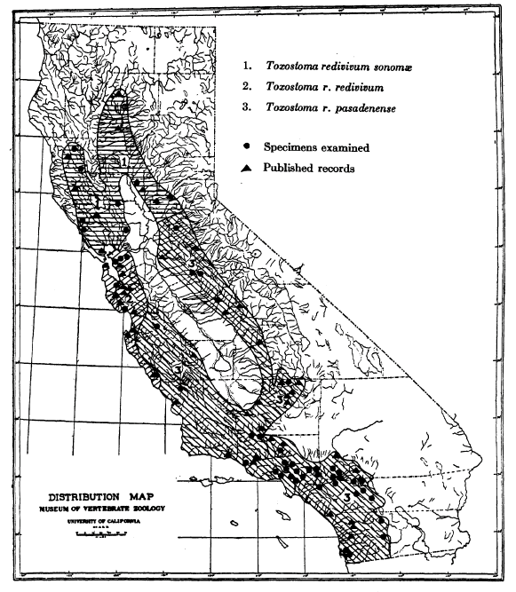 .pull-right-70[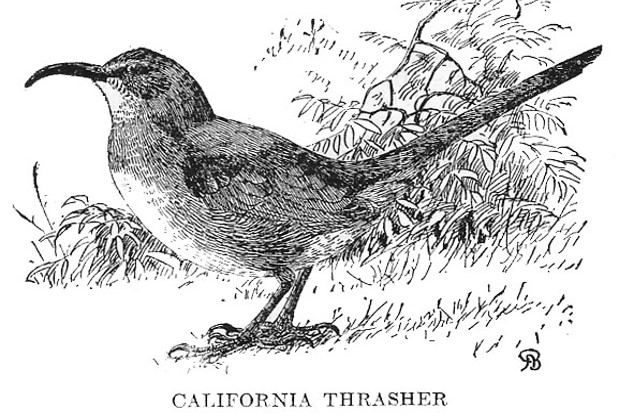] ] --- .pull-left.large[ ## But niches can be very specific! Seems like species can do a nice job of *partitioning* their niches. ] .pull-right[ ### **Partitioning** of **microhabitat**.  MacArthur (1954) warblers ] --- ## Niche partitioning of resources .pull-left-30.large[ ] .pull-right-70[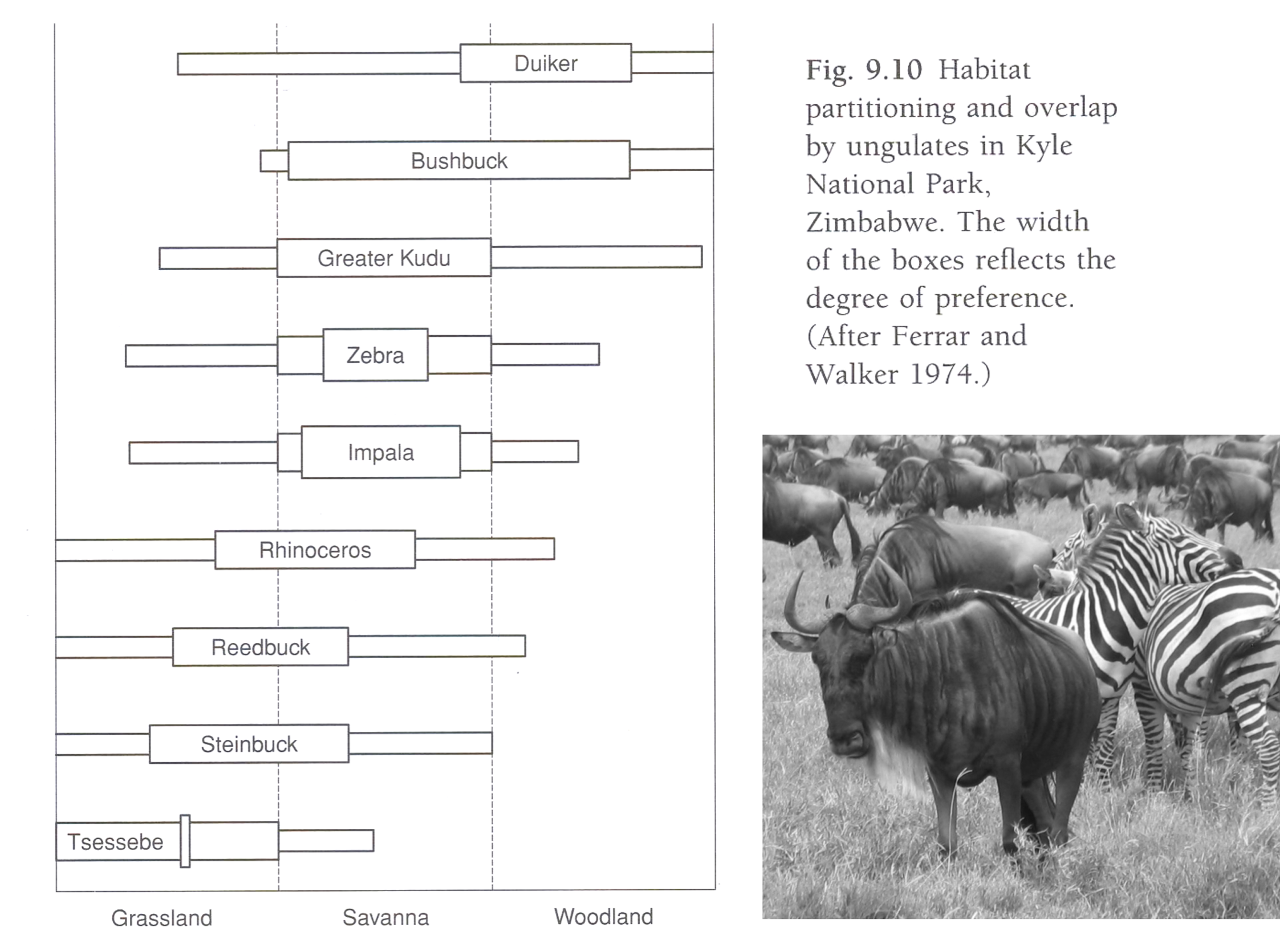] --- ## Niche partitioning in time .pull-left[ 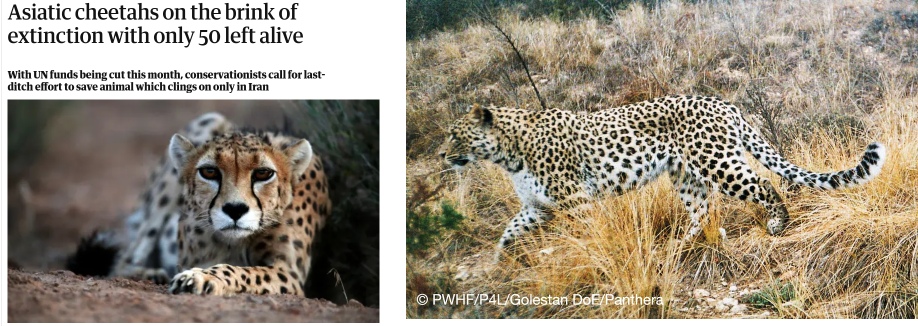 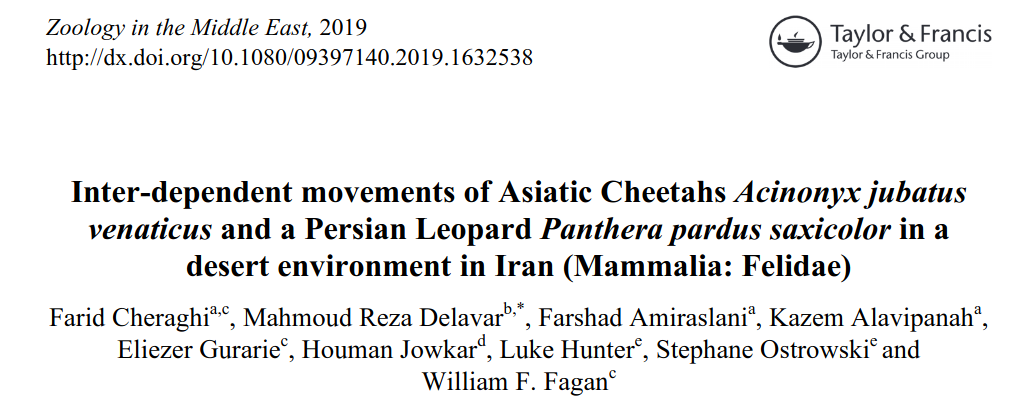 ] .pull-right[ ### Daily activity patterns ] --- ## Grinell (1917) Niche .large[ - Competition among species can be part of the ‘niche’ - Other resources (biotic, abiotic) and ‘space’ can also be part of the niche - In this definition: ‘habitat’ (structure) is only part of the niche So: .Large.center[**habitat** < **niche**] ] --- .pull-left-70[ ## Elton (1927) Niche Emphasizes the functional role of a species within a community (not where it lives, but what it does). So: **habitat** `\(\neq\)` **niche** - *Niche* is the **profession** of a species - *Habitat* is the **address** where that species actually lives. > "when an ecologist sees a badger, they should include in their thoughts some definitive idea of the animal's place in the community to which it belongs, just as if they had said 'there goes the vicar'". For example: the **niche** filled by *birds of prey that eat small animals* - In an oak wood this niche is "occupied" by **tawny owls**. - In open grassland it is "occupied" by **kestrels**. ] .pull-right-30[ .center[*Japanese badger priest*] ] .footnote[[Elton (1927) *Animal Ecology*](https://openlibrary.org/books/OL13993167M/Animal_ecology)] --- ## Hutchinson (1957) Niche > .large[The range of physical and biological conditions (including limiting resources) needed for a species to maintain a stable or increasing population size] .pull-left[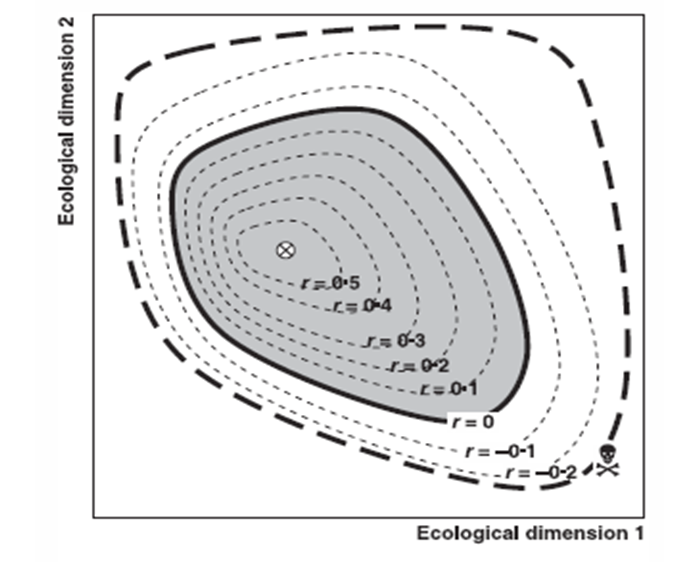] .pull-right[ .large[Two dimensions can be Soil Moisture and Temperature for a plant. .center[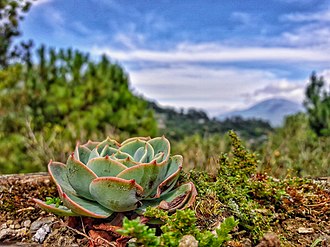] ]] --- ## *n*-dimensional hypervolume .pull-left-40[ 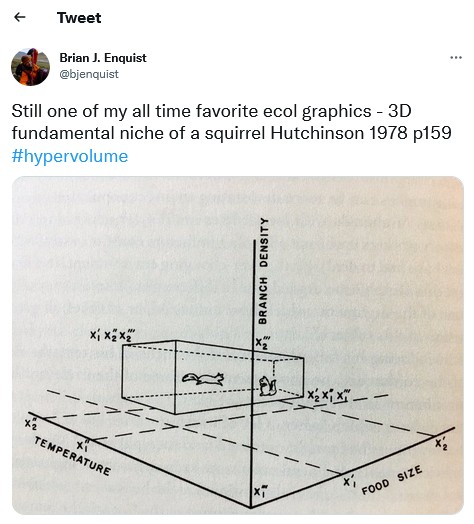] .pull-right-60[ 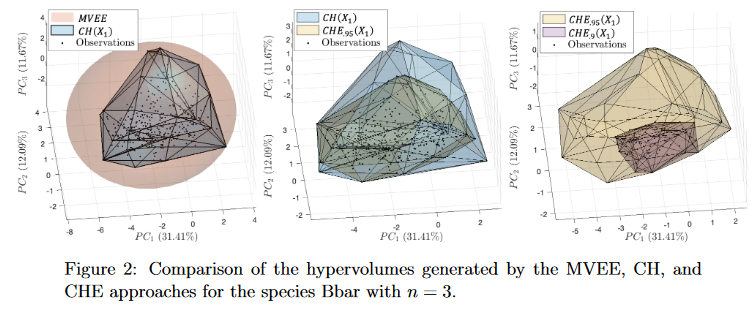  ### can get pretty abstract pretty fast ] ] --- ## Hutchinson Niche `\(\to\)` Habitat | Ecological Space `\(\to\)` Geographical Space .center[These can be mapped onto each other (edge defined where population growth *r*>0).] .pull-left-40[ ### Niche = Environmental Space  ] .pull-right-40[ ### Habitat = Geographic Space 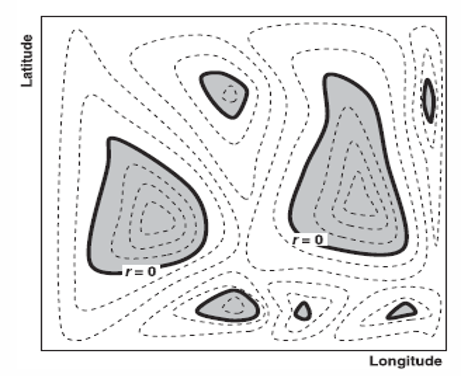 ] .pull-left[aka. **functional habitat**] .pull-right[aka. **structural habitat**] --- background-image: url("images/penguins1.png") background-size: cover ## Niche hypervolume in practice --- background-image: url("images/penguins2.png") background-size: cover ## Niche hypervolume in practice Most of the points outside the bubbles have **decreasing population trends**. --- background-image: url("images/penguins3.png") background-size: cover ## How to visualize a niche hypervolume .pull-left-60[ <video width="100%" controls="controls"> <source src="images/gcb12016-sup-0002-figures3.mov"> </video> ] .pull-right-40.large[ - .red[Adélie penguin] - .orange[Western Antarctic Adélie penguin] - .green[Gentoo penguin] - .blue[Chinstrap penguin] ] --- ## Niche concept underlies most **Species Distribution Modeling** (SDM) .large[aka: **environmental (or ecological) niche modeling (ENM)** or simply **range mapping**] .pull-left-30[ Large-scale mapping of **Species Distributions** against covariates ... e.g. **temperature**, **precipitation**, **elevation**, **human impacts**, **landcover**, **vegetation**, etc. Very useful for making, e.g., climate change predictions. ] .pull-right-70[ 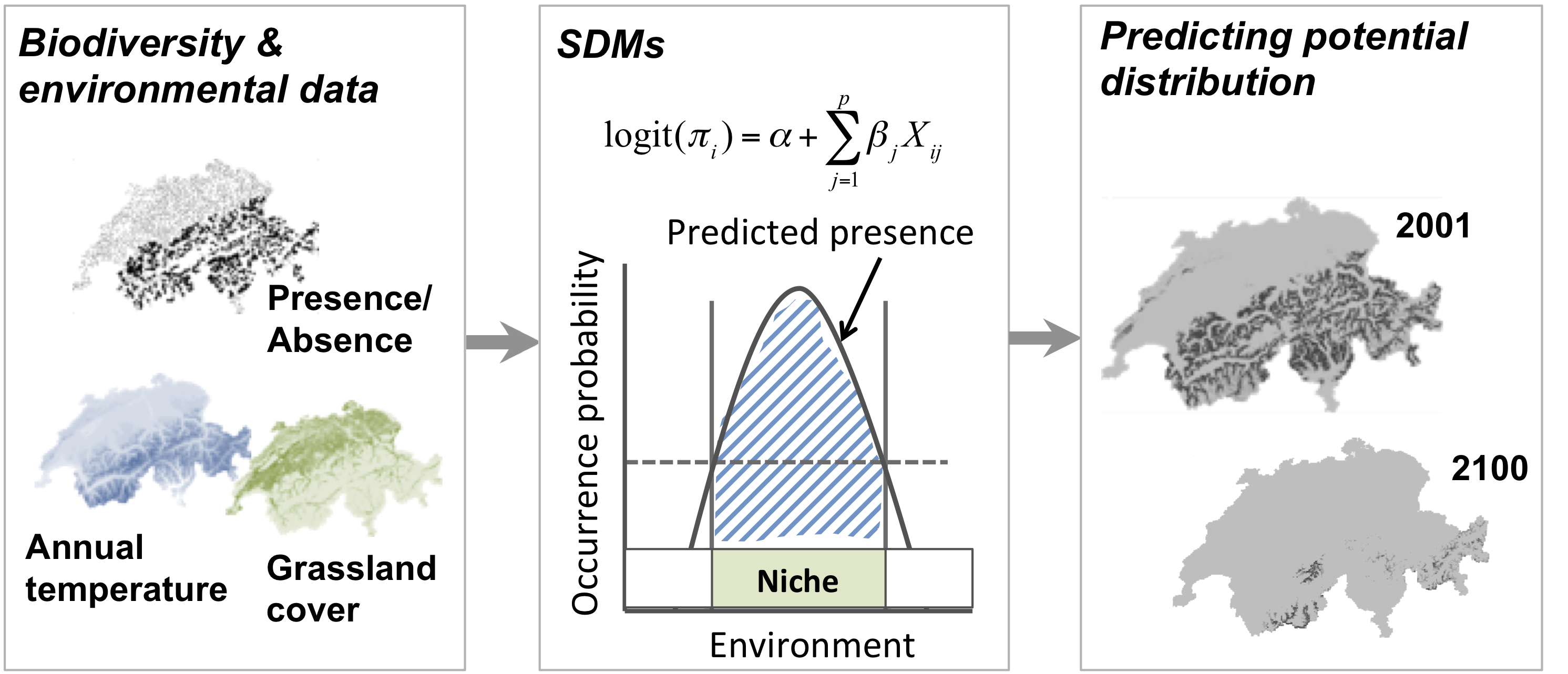 ] --- ## Fundamental vs. realized niche - **fundamental** - what a species *could* be - **realized** - where a species actually *is* 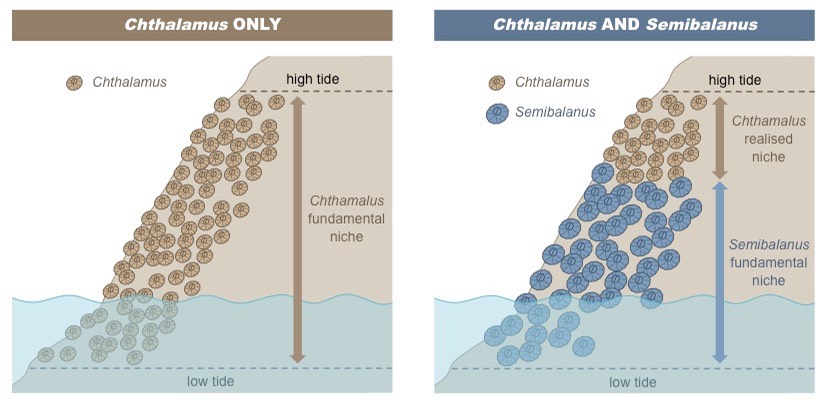 **Antarctica** is *not* polar bear habitat, but it **IS** polar bear fundamental niche! --- ## Niche summary .pull-left[ - The concept of **niche** emerged to explain why animals exist and co-exist in particular areas AND behave in certain ways. - Under typical current usage: **niche** is environmental/biological ‘space’, **habitat** occurs in geographic space. - Niche is the ‘profession’ of a species…. - Habitat is the ‘address’ of a species…. - Niche is a property of a *species*, habitat is property of an *individual* (or *subpopulation*) within Niche space. - Niche is useful for modeling **global ranges**. - Habitat is useful for looking at **populations of interest** in **specific locations**. ] .pull-right[ 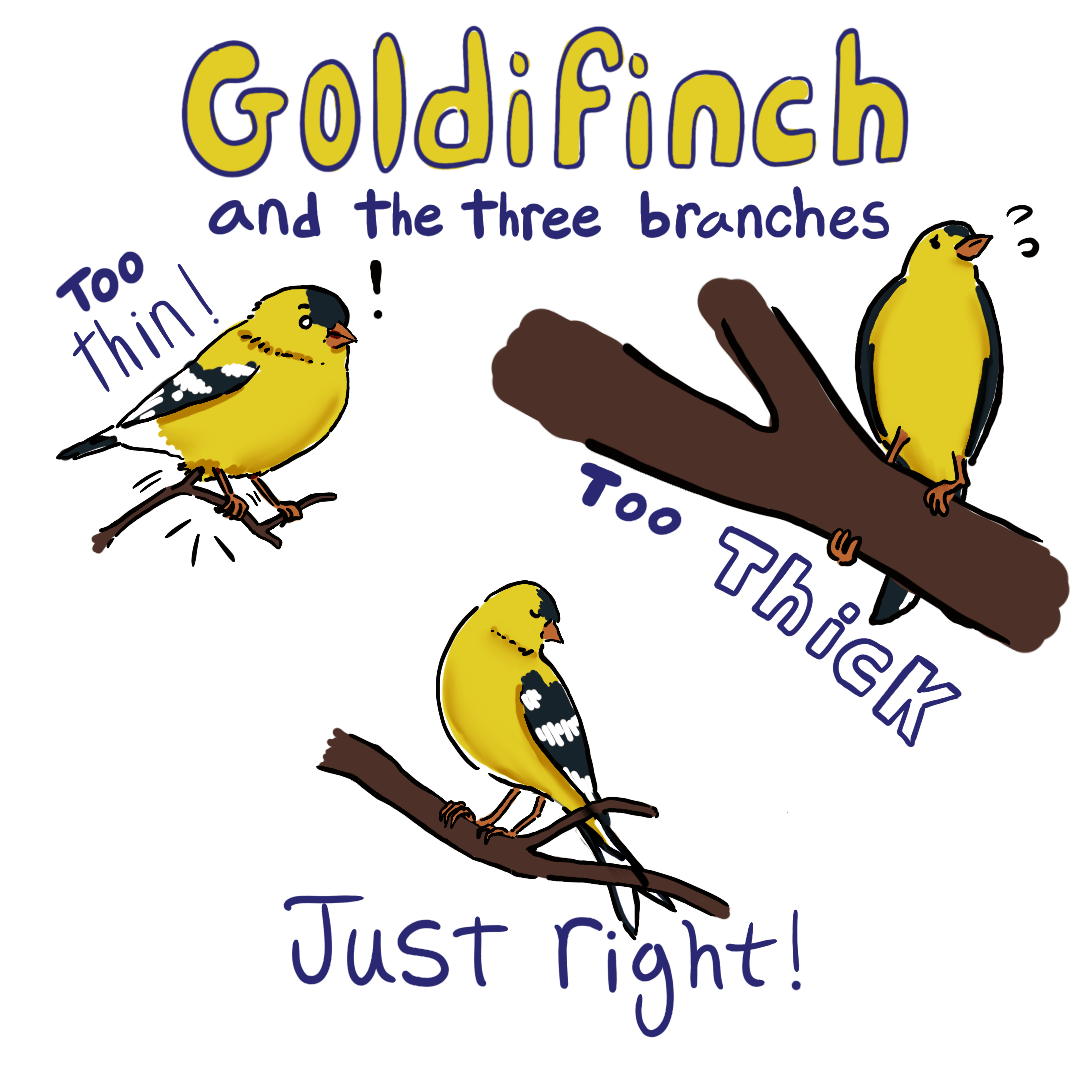 ] --- class: middle .pull-left[ ## More important definitions #### Habitat use The way in which an individual or species uses habitat to meet its life history needs. #### Habitat selection The **process** involving decisions made by an animal about what habitat it would use. Depends on **scale of selection**. ] .pull-right[ #### Habitat availability The relative frequency of habitats that are *accessible* to an individual. #### Habitat utilization The relative frequency of time spent in available habitats. #### Habitat preference The disproportional use of some resources over others. ] <br> .center[*Hall and Krausman are very picky about these, as you will see when you work on this week's assignment.*] --- ## Some References - Cheraghi, F., M. R. Delavar, F. Amiraslani, K. Alavipanah, E. Gurarie, L. Hunter, S. Ostrowski, H. Jowkar, and W. F. Fagan. 2019. Inter-dependent movements of Asiatic Cheetah and Persian Leopard in their environment. Zoology in the Middle East 1. - Cimino, M. A., W. R. Fraser, A. J. Irwin, and M. J. Oliver. 2013. Satellite data identify decadal trends in the quality of P ygoscelis penguin chick-rearing habitat. Global change biology 19:136–148. - Elton, C. S. 2001. Animal ecology. University of Chicago Press, Chicago. - Grinnell, J. 1917. The niche-relationships of the California Thrasher. The Auk 34:427–433. - Hall, L. S., P. R. Krausman, and M. L. Morrison. 1997. The Habitat Concept and a Plea for Standard Terminology. Wildlife Society Bulletin 25:173–182. - Hutchinson, G. 1978. An Introduction to Population Biology, Yale U. Press, New Haven, Conn 260. - Hutchinson, G. E. 1957. The multivariate niche. Pages 415–421 Cold Spring Harbor Symposia on Quantitative Biology. Krausman, P. R. (n.d.). Some Basic Principles of Habitat Use:6. - MacArthur, R. H. 1958. Population Ecology of Some Warblers of Northeastern Coniferous Forests. Ecology 39:599–619.